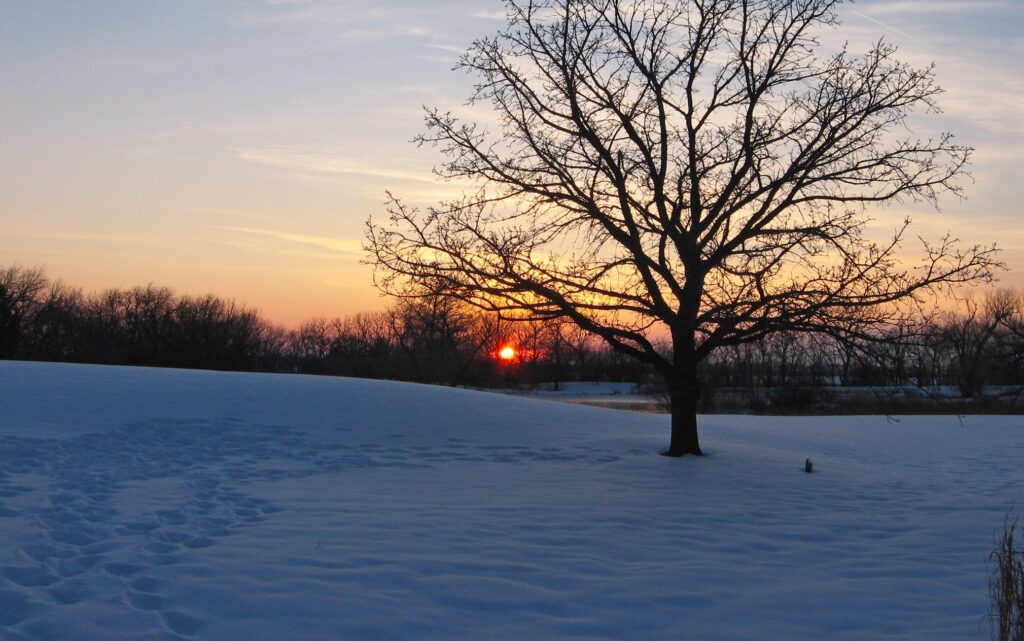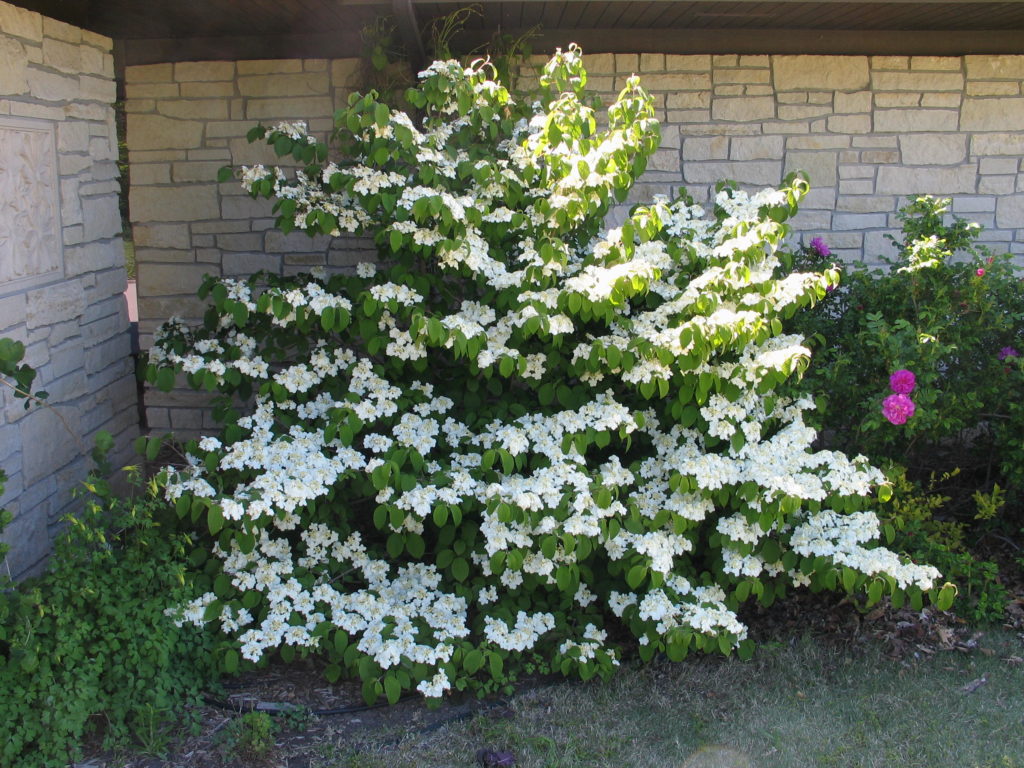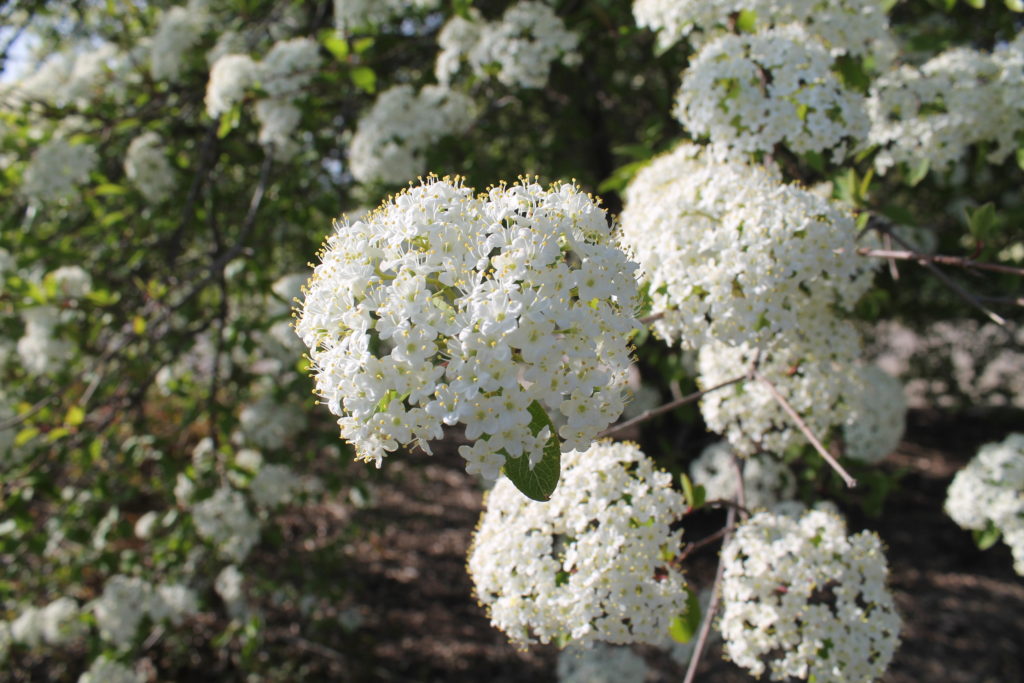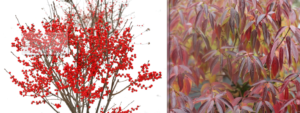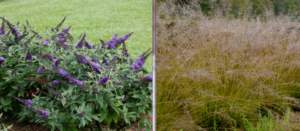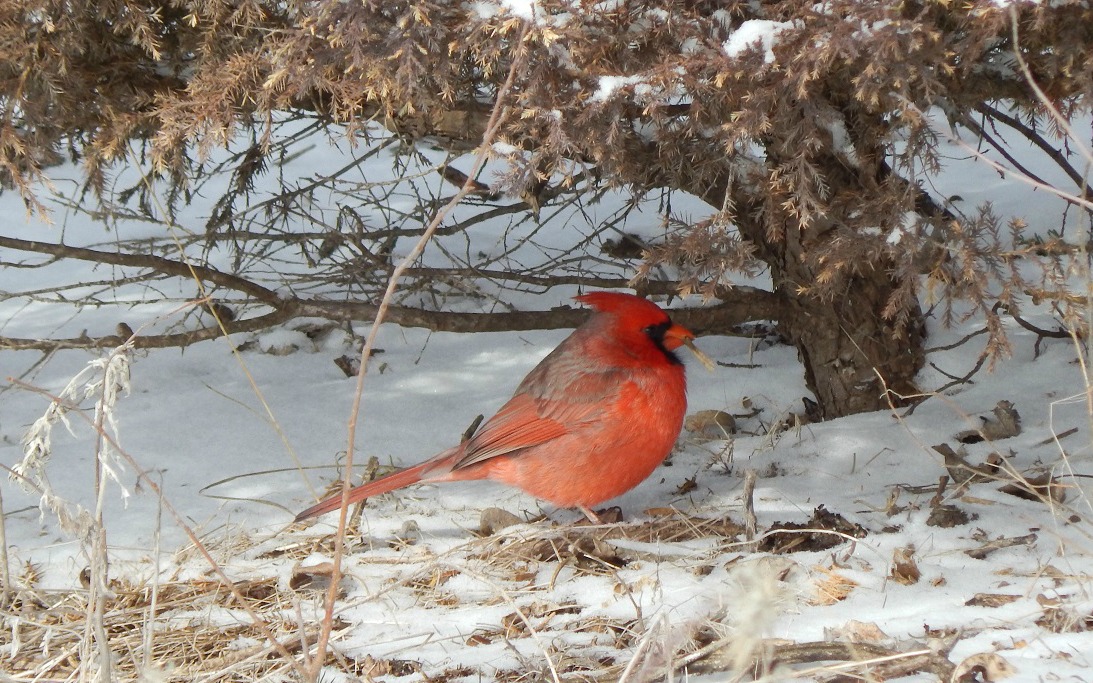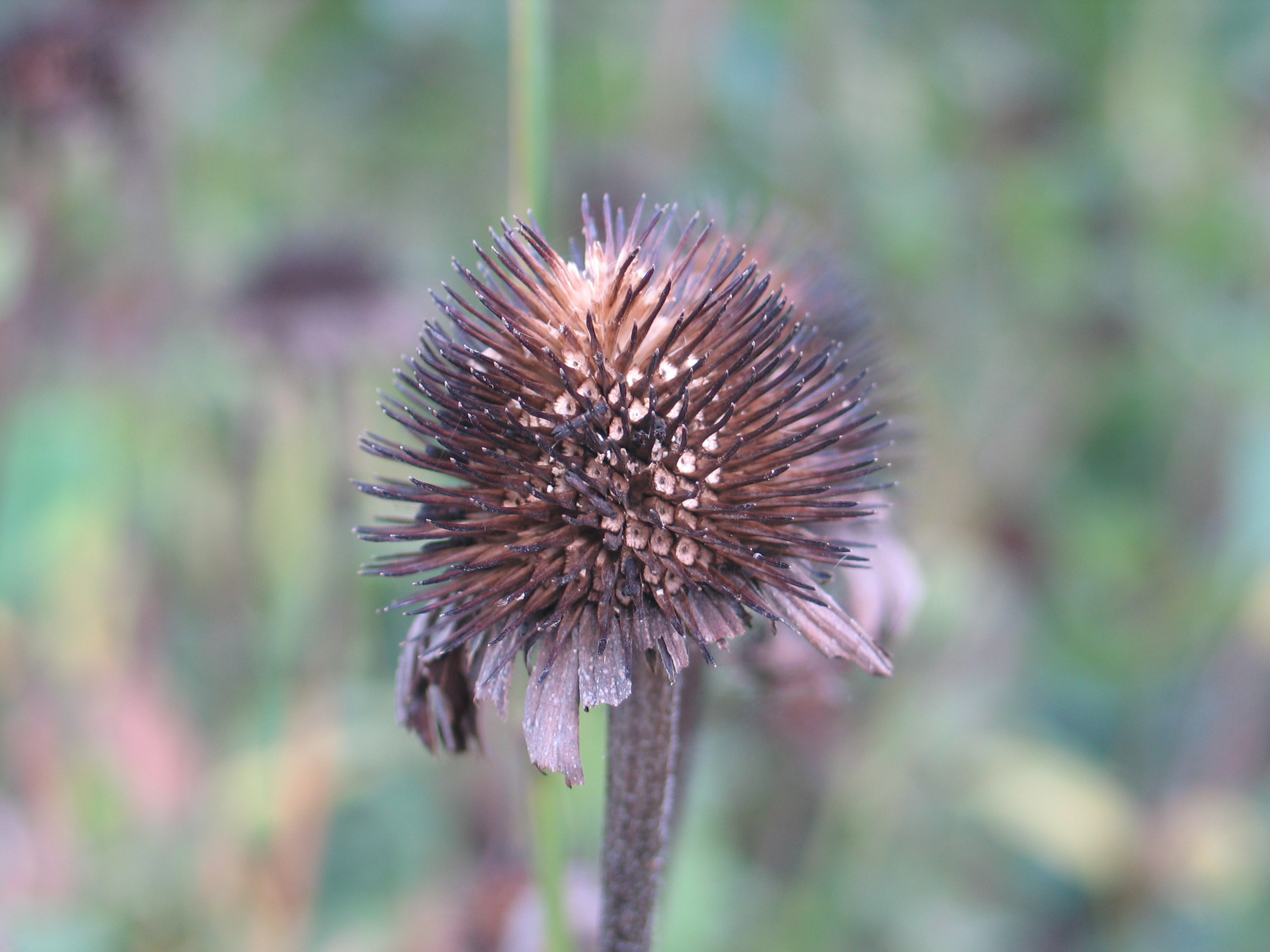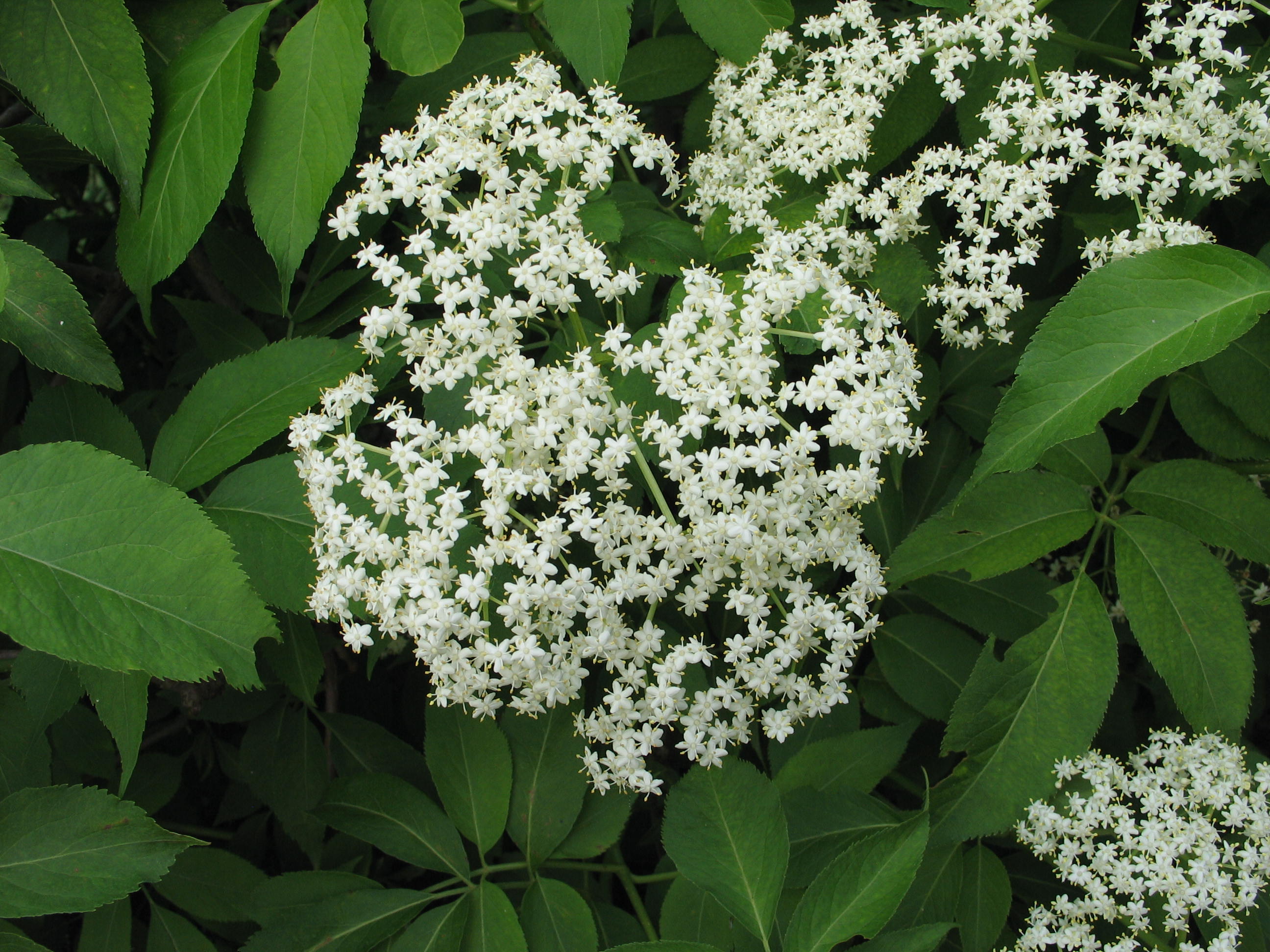Over the past few weeks, we have been listing native wildflowers that support the food web. Because many species of insects have suffered significant declines, any help we can give them will make a real difference in their life cycles. Our goal should be to provide habitat for the largest possible number of insects, pollinators and other wildlife. On that theme, here is a list of native shrubs to aid the food web.
Prunus
This diverse genus includes: sandhill plum, dwarf sand cherry, chokecherry, plum, and wild plum. These spring blooming shrubs attract many species of insects, and their fruit later in the season is a favorite of wildlife, including birds.
These plants support over 450 Lepidoptera species, including Eastern Tiger Swallowtail, Coral Hairstreak, Striped Hairstreak, Red-spotted Purple, Cecropia moth, Promethea moth, and Hummingbird Clearwing.
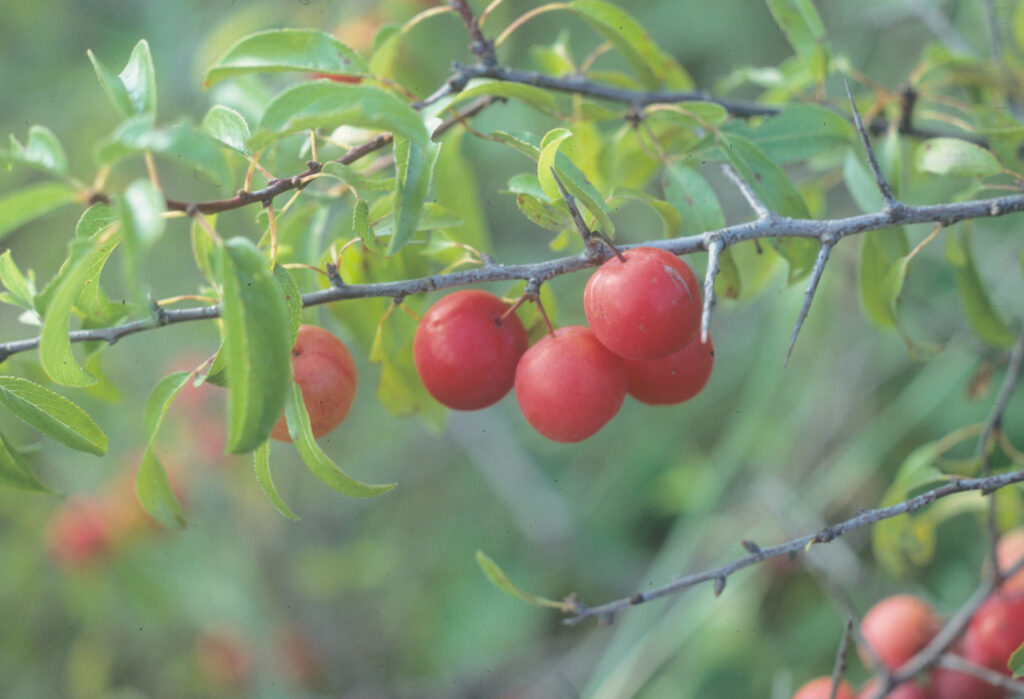
Not all of these shrubs are garden worthy because of their spreading/suckering root systems and size. My preference would be to relegate many of these to the outskirts of my property so they can comingle with each other and form a nice thicket.
Prunus besseyi ‘Pawnee Buttes’s is a nice small shrub with excellent characteristics.
Side note: The black cherry (Prunus serotina) is a 35-45 foot tree with fragrant, pendulous flowers that burst open in spring, resulting in loads of fruit cherished by wildlife. This is one of the top choices among woody trees for its exceptional support of wildlife.
Dogwoods
Dogwoods support specialist bees, generalist bees and over 100 caterpillars. This too is a diverse genus of varying heights, forms and textures. These spring/summer blooming shrubs or small trees attract aphids, beetles, flies, grasshoppers, sawflies and wasps. The fruit are eaten by birds. Many species form thickets or have dense branching that provides shelter as well.
Of the native species, the Redtwig Dogwood is the most common. Its red and yellow stems stand out in the winter landscape. Cultivars include ‘Cardinal’, ‘Arctic Fire’, Arctic Fire Yellow’, and ‘Winer Flame‘.
Other dogwoods worth mentioning are Cornus amomum ‘Red Rover’, Cornus drummundii (rough-leaf dogwood), and Cornus racemosa.
Flowering Dogwood (Cornus florida) is difficult to grow in our area because most cultivars need acidic soil. They are more common in southeast Kansas and into the Ozarks. If you are lucky enough to see these bloom in the wild you will be awestruck. They are one of the most conspicuous and attractive flowering trees in our area.

Viburnum
Kansas is home to two viburnums, Blackhaw Viburnum (Viburnum prunifolium) and Rusty Blackhaw Viburnum (Viburnum rufidulum). They can be found in the wild, east of Wichita and into southeast Kansas. The creamy-white blooms in the spring attract all sorts of pollinators. Fruit in the late summer into fall is the first choice of birds. These are large shrubs or small trees that ultimately reach 10-12 feet tall and each has attractive fall color.
There are hundreds if not thousands of viburnums and viburnum cultivars. A couple others worth mentioning are ‘Allegheny’ which has semi-evergreen foliage and Viburnum dentatum cultivars (Blue Mufffin, All that Glitters, and All that Glows) with their abundant fruit displays.
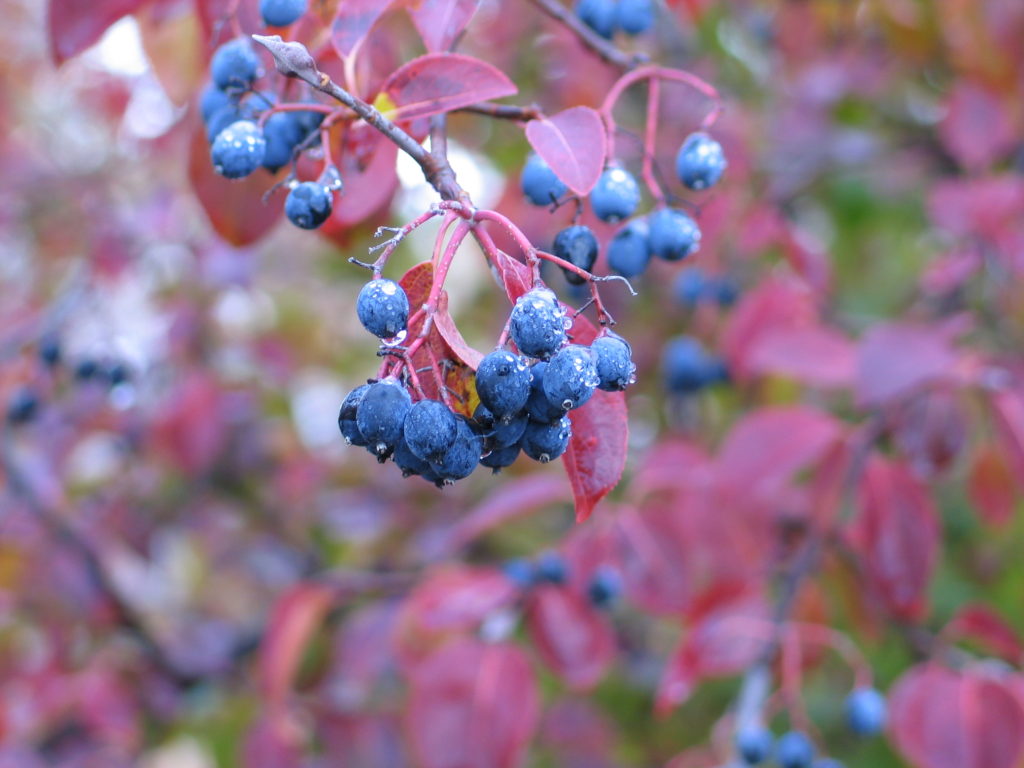
Other shrubs to consider:
- New Jersey Tea – Ceanothus americanus
- black chokeberry – Aronia melanocarpa
- Willows, Salix sp. – (#1 plant supporting bees)
- Pussy Willow – Salix discolor
- buttonbush – Cephalanthus occidentalis
- elderberry – Sambucus canadensis
- eastern ninebark – Physocarpus opulifolius
- St. Johnswort – Hypericum densiflorum
- spicebush Lindera benzoin
- swamp rose – Rosa palustris
- winterberry – Ilex verticillata
- Witch-hazel - Hamamelis virginiana
- Inkberry – Ilex glabra
- Deciduous holly –Ilex decidua
- Winterberry – Ilex verticillata
- red chokeberry - Aronia arbutifolia
- Fragrant Sumac – Rhus aromatica
- Eastern Ninebark – Physocarpus opulifolius
- Fringetree – Chionanthus virginicus
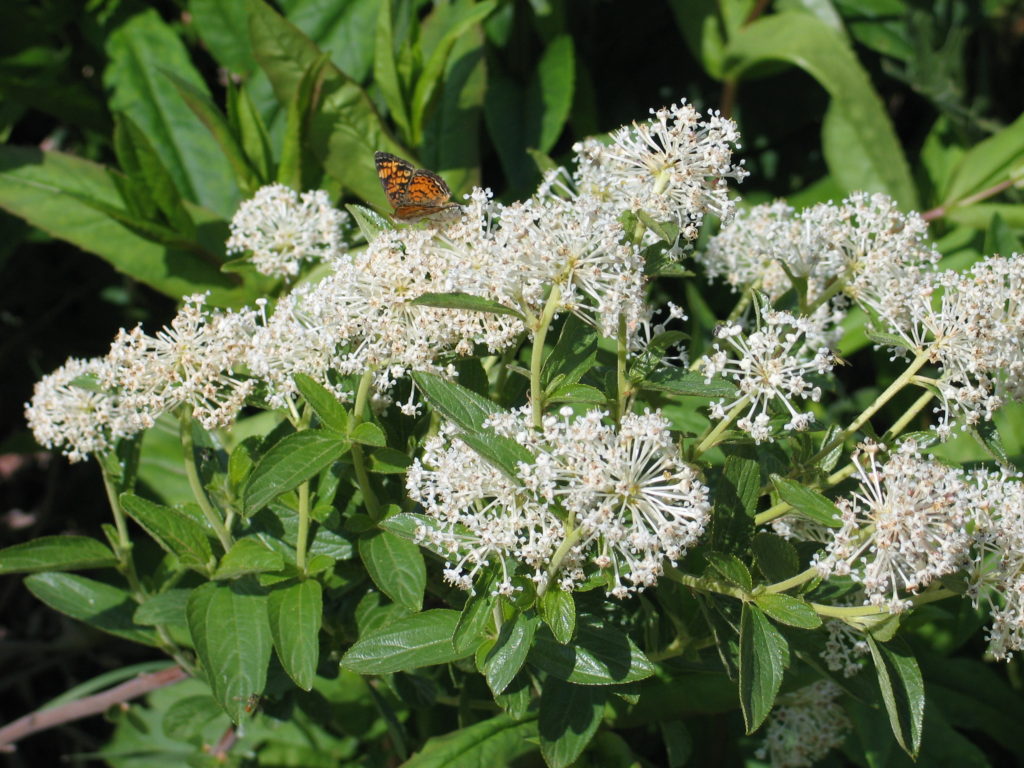
Among woody plants, these shrubs will add much diversity to your landscape and attract a diverse set of wildlife. By offering abundant food sources to insect and wildlife throughout the growing season, you will naturally expand what you see in your garden. We must consciously consider plants that fit both the insects’ needs and our longing for garden beauty. We can have the best of both worlds.
Side note: Of all plants studied by Doug Tallamy, he found that oaks support the most caterpillars. Obviously, these are not shrubs, but rather large trees. Oaks must be one of your first choices when considering shade trees for your landscape. Recommended trees of south-central Kansas.
